When it comes to electrical installations and wiring, one crucial component that is often overlooked or misunderstood is the amp rating of cables. In particular, the 4mm cable amp rating is a key specification to consider when selecting cables for various applications. Understanding this rating is essential to ensure the safety and efficiency of electrical systems.

.
 The amp rating of a cable refers to the maximum current that the cable can safely carry without overheating or causing damage. In the case of 4mm cables, this rating is typically determined based on the size of the conductor and the insulation material used. It is important to select cables with the appropriate amp rating for the specific application to prevent overloading and potential hazards such as fires or electrical shocks. One of the primary factors that determine the amp rating of a cable is the size of the conductor. In the case of 4mm cables, the conductor size is standardized at 4mm², which is equivalent to approximately 11 AWG (American Wire Gauge). This size is commonly used for various residential and commercial applications, including lighting circuits, power distribution, and appliance wiring. The conductor material also plays a crucial role in determining the amp rating of a cable. Copper is the most commonly used material for conductors due to its excellent conductivity and heat resistance. Copper conductors are able to carry high currents while minimizing voltage drops and losses. Additionally, copper is a durable and flexible material, making it ideal for a wide range of applications. In addition to the conductor size and material, the insulation used in a cable also influences its amp rating.
The amp rating of a cable refers to the maximum current that the cable can safely carry without overheating or causing damage. In the case of 4mm cables, this rating is typically determined based on the size of the conductor and the insulation material used. It is important to select cables with the appropriate amp rating for the specific application to prevent overloading and potential hazards such as fires or electrical shocks. One of the primary factors that determine the amp rating of a cable is the size of the conductor. In the case of 4mm cables, the conductor size is standardized at 4mm², which is equivalent to approximately 11 AWG (American Wire Gauge). This size is commonly used for various residential and commercial applications, including lighting circuits, power distribution, and appliance wiring. The conductor material also plays a crucial role in determining the amp rating of a cable. Copper is the most commonly used material for conductors due to its excellent conductivity and heat resistance. Copper conductors are able to carry high currents while minimizing voltage drops and losses. Additionally, copper is a durable and flexible material, making it ideal for a wide range of applications. In addition to the conductor size and material, the insulation used in a cable also influences its amp rating.
..
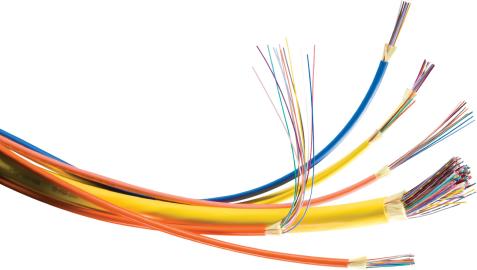 The insulation serves to protect the conductor from external elements and prevent short circuits or electrical leakage. For 4mm cables, the insulation material is typically made of PVC (Polyvinyl Chloride) or XLPE (Cross-Linked Polyethylene), which provide excellent insulation properties and durability. When selecting 4mm cables for a specific application, it is important to consider the expected current load to ensure that the cables can safely carry the required current without overheating. The amp rating of a cable is typically specified by the manufacturer and is determined based on industry standards and regulations. It is crucial to adhere to these ratings to prevent potential safety hazards and ensure the longevity of the electrical installation. It is worth noting that the amp rating of a cable is not the same as the wattage capacity. While the amp rating specifies the maximum current that a cable can carry, the wattage capacity is determined by the voltage and current flowing through the cable. Therefore, it is essential to consider both the amp rating and voltage requirements when selecting cables for a specific application to prevent overloading and damage. In conclusion, the amp rating of 4mm cables is a critical specification to consider when selecting cables for electrical installations. Understanding this rating and selecting cables with the appropriate ampacity is essential to ensure the safety, efficiency, and reliability of electrical systems. By adhering to industry standards and regulations, you can confidently choose the right 4mm cables for your specific application, knowing that they will perform optimally and safely. Furthermore, 4mm cables are versatile and commonly used in various applications due to their optimal balance of current-carrying capacity and flexibility.
The insulation serves to protect the conductor from external elements and prevent short circuits or electrical leakage. For 4mm cables, the insulation material is typically made of PVC (Polyvinyl Chloride) or XLPE (Cross-Linked Polyethylene), which provide excellent insulation properties and durability. When selecting 4mm cables for a specific application, it is important to consider the expected current load to ensure that the cables can safely carry the required current without overheating. The amp rating of a cable is typically specified by the manufacturer and is determined based on industry standards and regulations. It is crucial to adhere to these ratings to prevent potential safety hazards and ensure the longevity of the electrical installation. It is worth noting that the amp rating of a cable is not the same as the wattage capacity. While the amp rating specifies the maximum current that a cable can carry, the wattage capacity is determined by the voltage and current flowing through the cable. Therefore, it is essential to consider both the amp rating and voltage requirements when selecting cables for a specific application to prevent overloading and damage. In conclusion, the amp rating of 4mm cables is a critical specification to consider when selecting cables for electrical installations. Understanding this rating and selecting cables with the appropriate ampacity is essential to ensure the safety, efficiency, and reliability of electrical systems. By adhering to industry standards and regulations, you can confidently choose the right 4mm cables for your specific application, knowing that they will perform optimally and safely. Furthermore, 4mm cables are versatile and commonly used in various applications due to their optimal balance of current-carrying capacity and flexibility.
…
 Whether you are installing lighting circuits, power distribution systems, or connecting appliances, 4mm cables offer a reliable and efficient solution. Their standardized conductor size of 4mm² provides a good compromise between current-carrying capability and ease of installation. When considering the amp rating of 4mm cables, it is important to also take into account factors such as ambient temperature, installation method, and cable bundling. These variables can affect the heat dissipation of the cable and, consequently, its ampacity. In high-temperature environments or when cables are bundled together, the amp rating may need to be adjusted to ensure safe operation. Proper cable sizing and selection are essential to ensure that electrical systems operate reliably and safely. Undersized cables can lead to overheating and potential fire hazards, while oversized cables can be inefficient and unnecessary. By carefully evaluating the amp rating of 4mm cables and matching them to the specific requirements of your installation, you can avoid these pitfalls and ensure optimal performance. In addition to the amp rating, it is important to consider the quality and reliability of the cables themselves. Choosing reputable manufacturers and suppliers ensures that you receive cables that meet industry standards and performance requirements. High-quality cables are less likely to experience issues such as insulation degradation, conductor corrosion, or mechanical damage, all of which can affect the overall safety and longevity of the electrical installation. In conclusion, understanding the amp rating of 4mm cables is crucial for safe and efficient electrical installations. By selecting cables with the appropriate ampacity, you can ensure that your systems operate reliably and effectively. Consider factors such as conductor size, material, insulation, and environmental conditions when choosing 4mm cables for your applications. With the right cables and proper installation, you can have peace of mind knowing that your electrical systems are equipped to handle the necessary currents safely and efficiently.
Whether you are installing lighting circuits, power distribution systems, or connecting appliances, 4mm cables offer a reliable and efficient solution. Their standardized conductor size of 4mm² provides a good compromise between current-carrying capability and ease of installation. When considering the amp rating of 4mm cables, it is important to also take into account factors such as ambient temperature, installation method, and cable bundling. These variables can affect the heat dissipation of the cable and, consequently, its ampacity. In high-temperature environments or when cables are bundled together, the amp rating may need to be adjusted to ensure safe operation. Proper cable sizing and selection are essential to ensure that electrical systems operate reliably and safely. Undersized cables can lead to overheating and potential fire hazards, while oversized cables can be inefficient and unnecessary. By carefully evaluating the amp rating of 4mm cables and matching them to the specific requirements of your installation, you can avoid these pitfalls and ensure optimal performance. In addition to the amp rating, it is important to consider the quality and reliability of the cables themselves. Choosing reputable manufacturers and suppliers ensures that you receive cables that meet industry standards and performance requirements. High-quality cables are less likely to experience issues such as insulation degradation, conductor corrosion, or mechanical damage, all of which can affect the overall safety and longevity of the electrical installation. In conclusion, understanding the amp rating of 4mm cables is crucial for safe and efficient electrical installations. By selecting cables with the appropriate ampacity, you can ensure that your systems operate reliably and effectively. Consider factors such as conductor size, material, insulation, and environmental conditions when choosing 4mm cables for your applications. With the right cables and proper installation, you can have peace of mind knowing that your electrical systems are equipped to handle the necessary currents safely and efficiently.

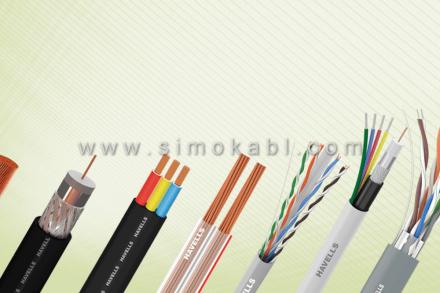
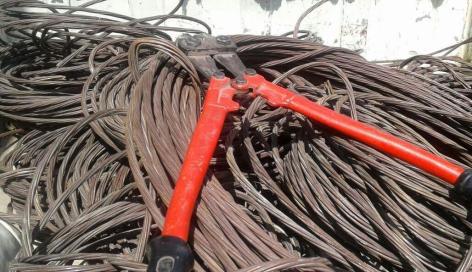

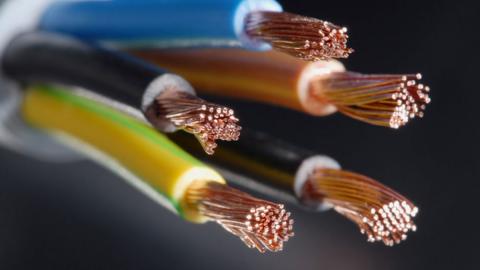
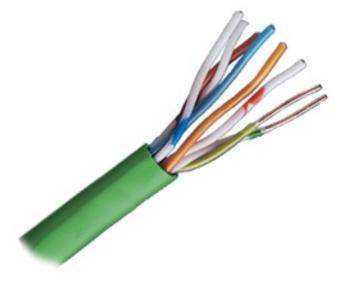
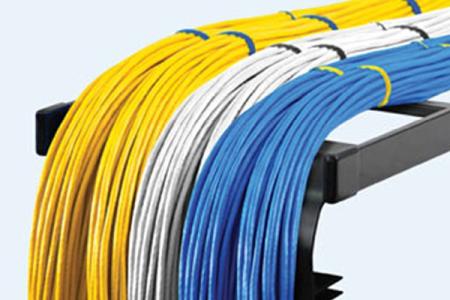
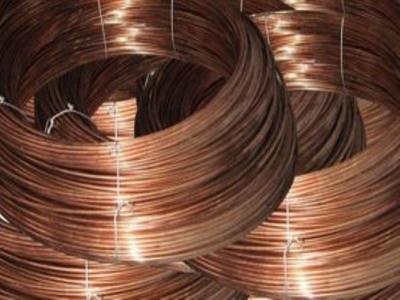

Your comment submitted.